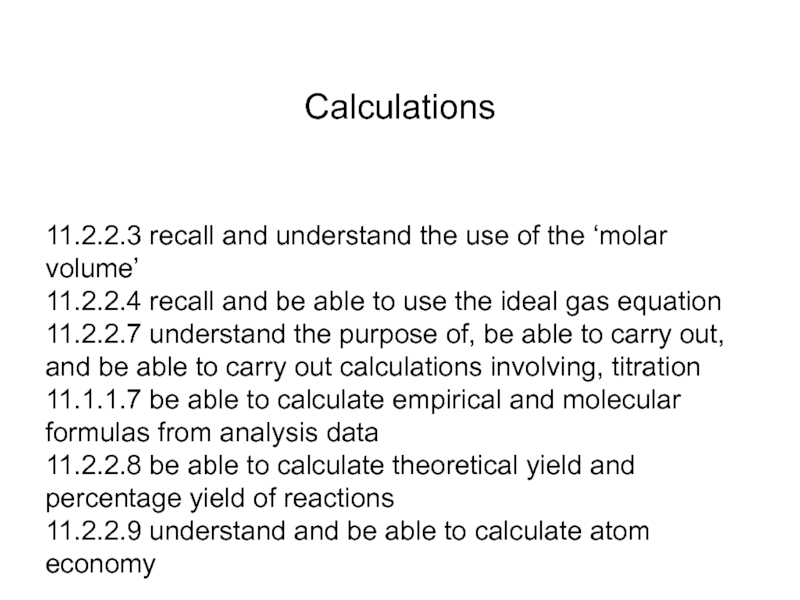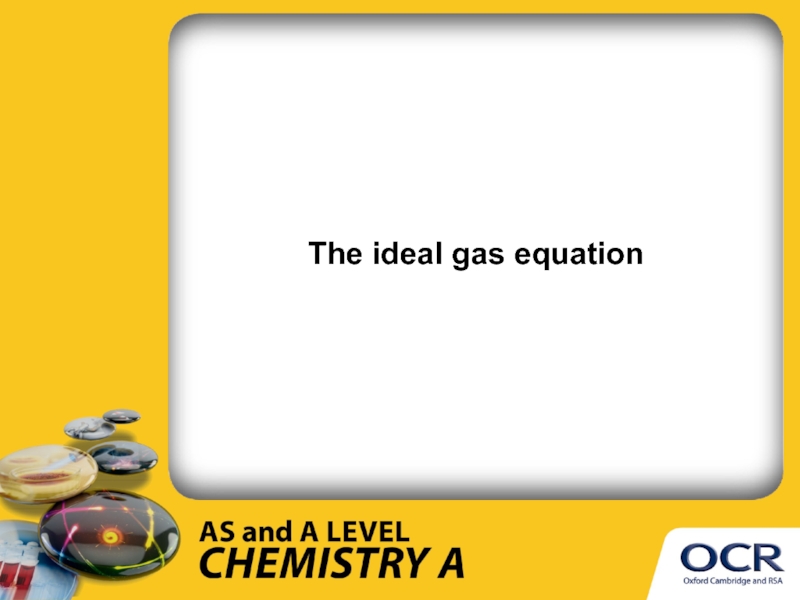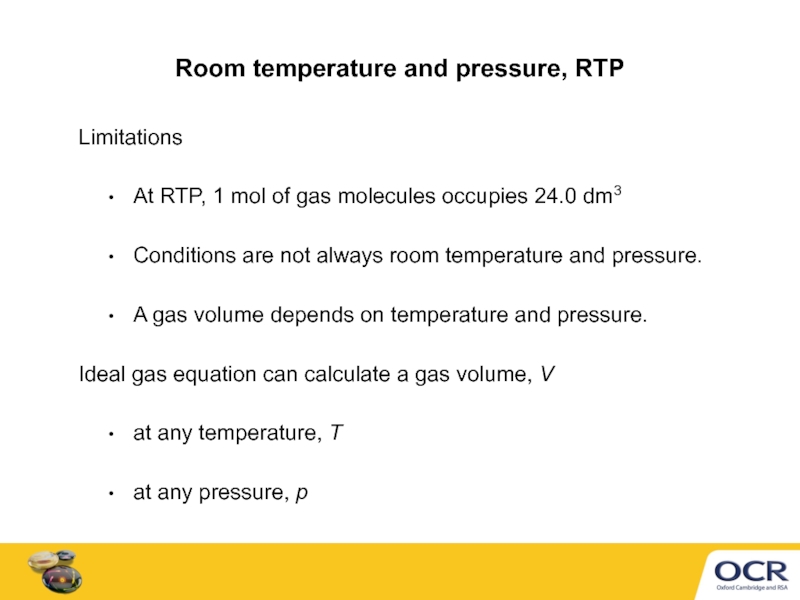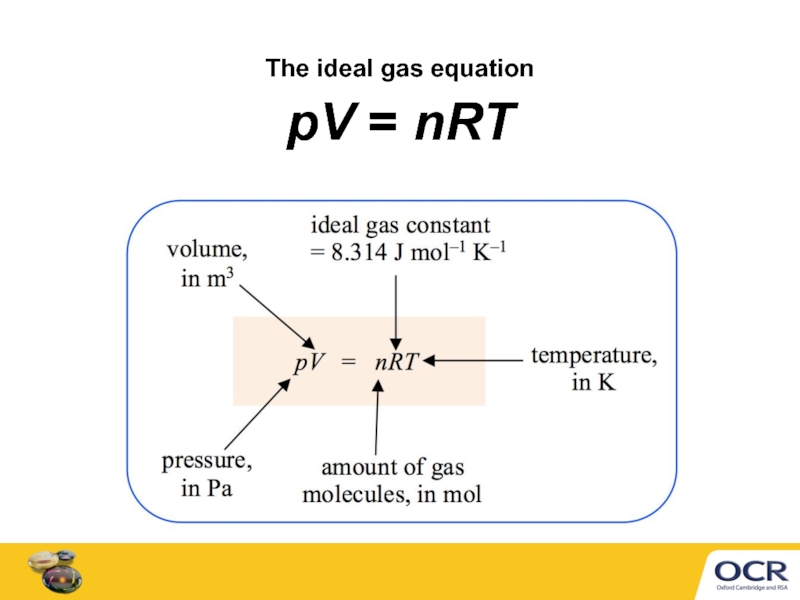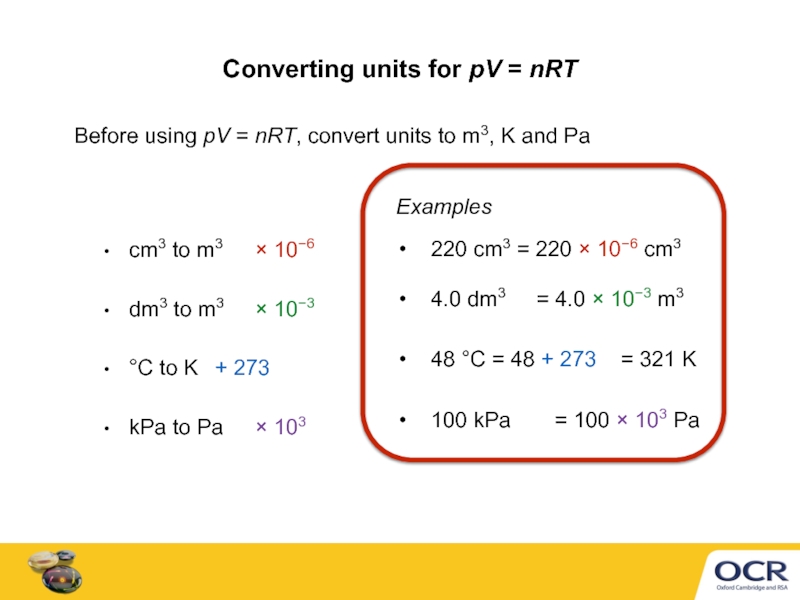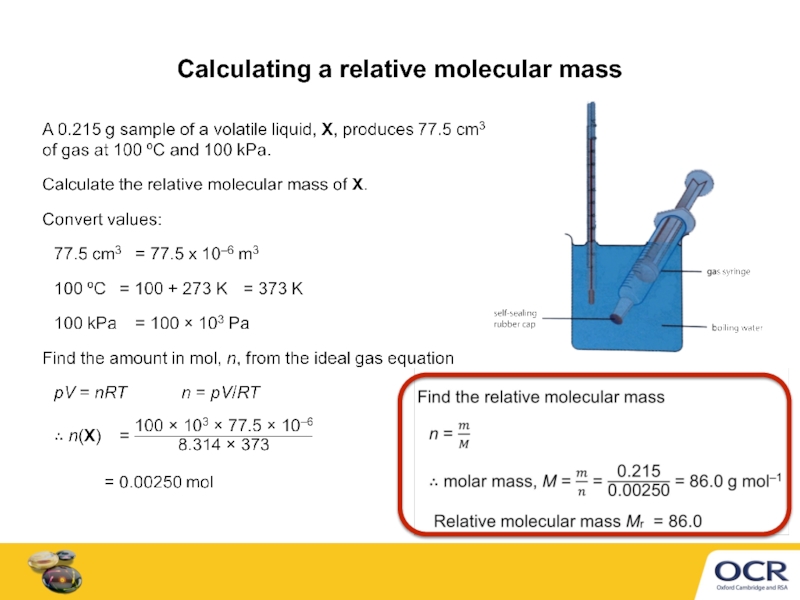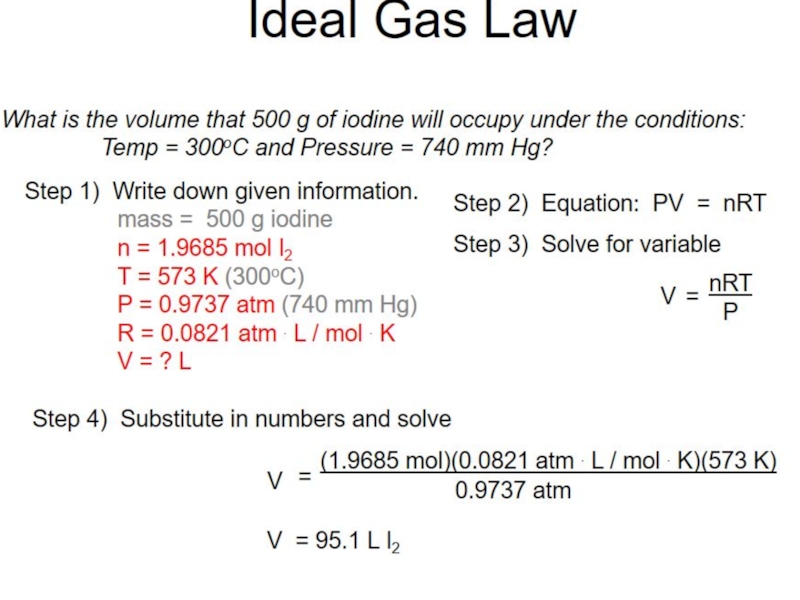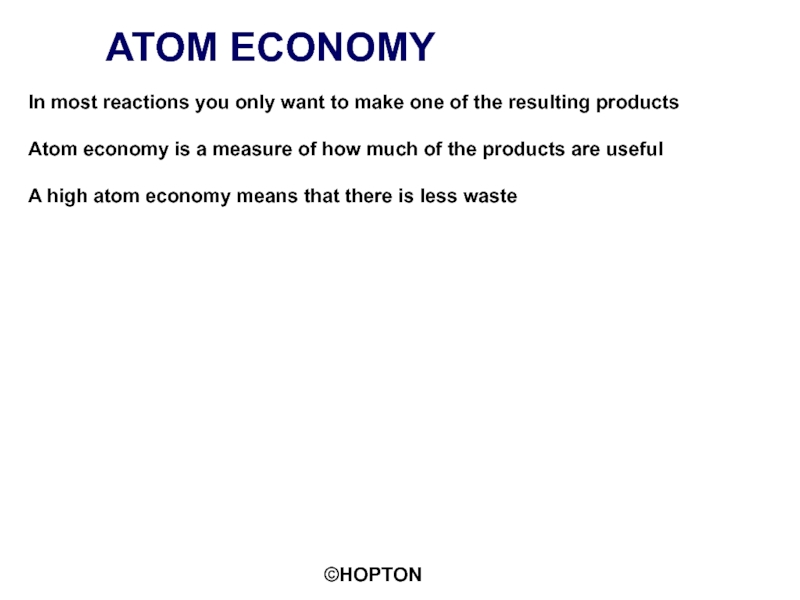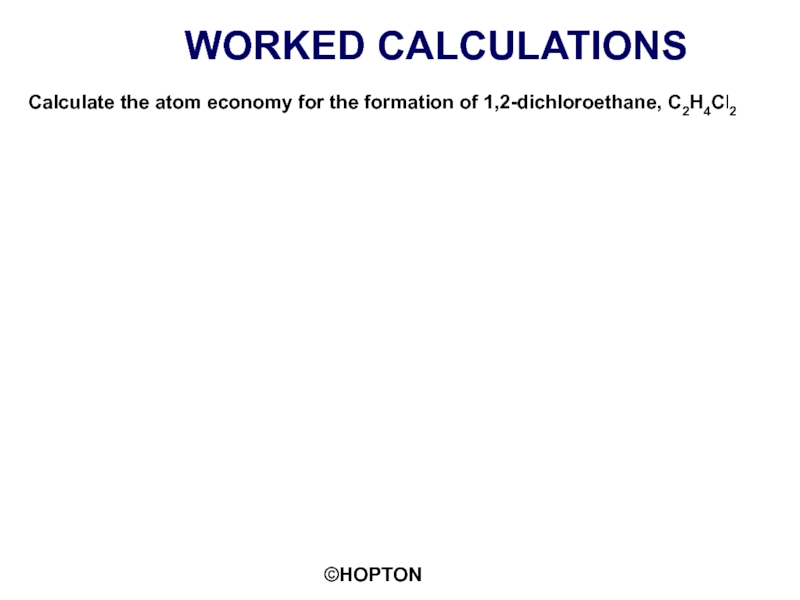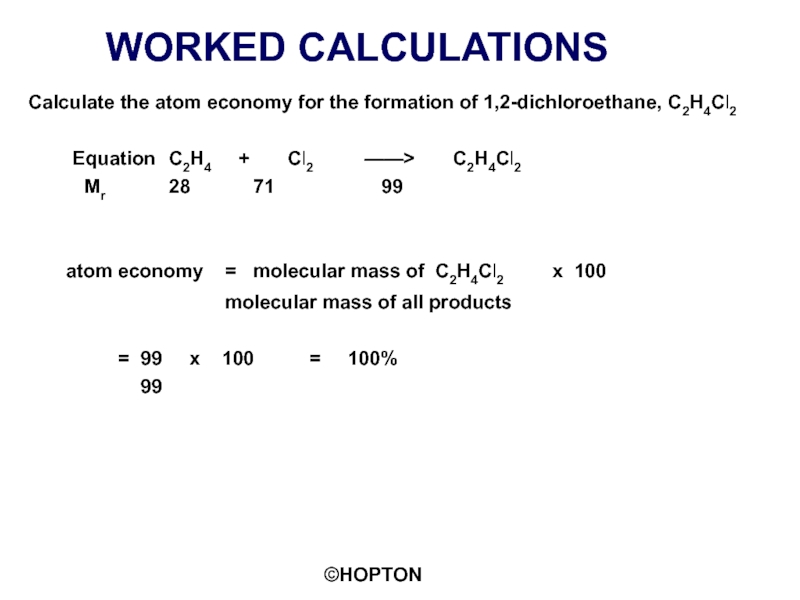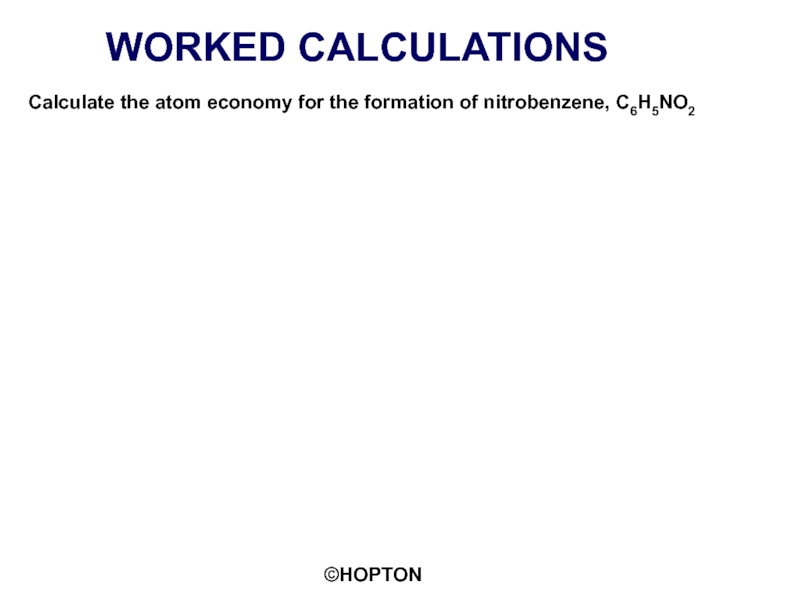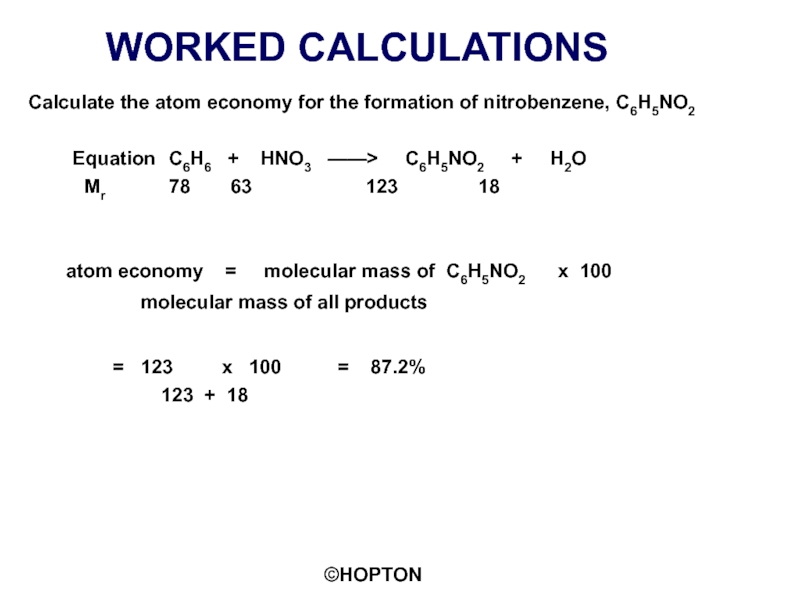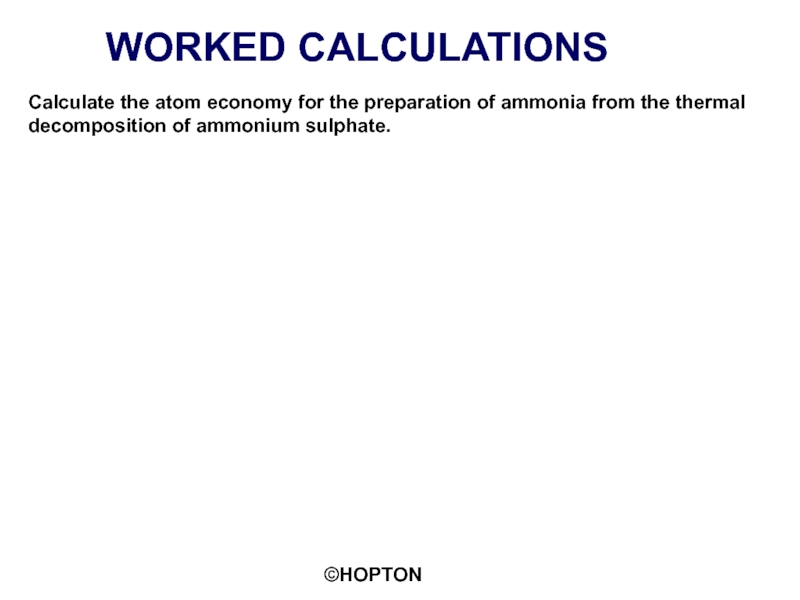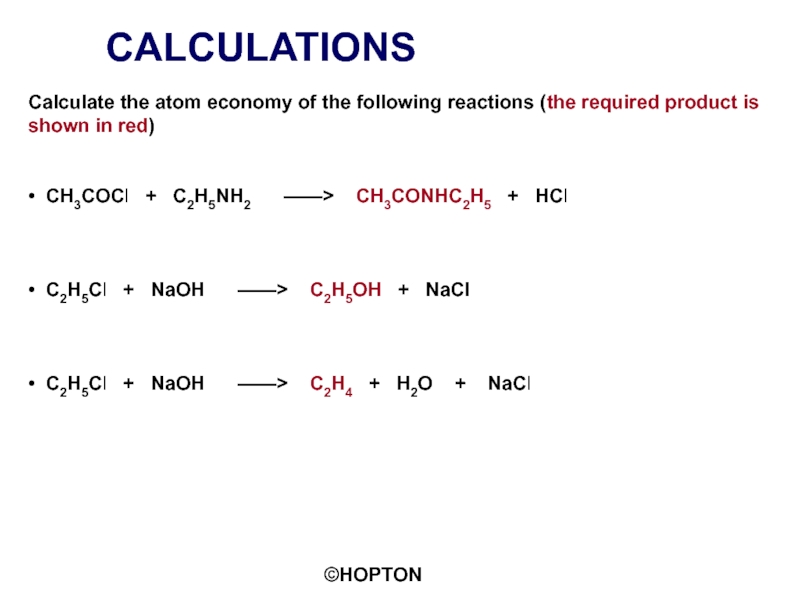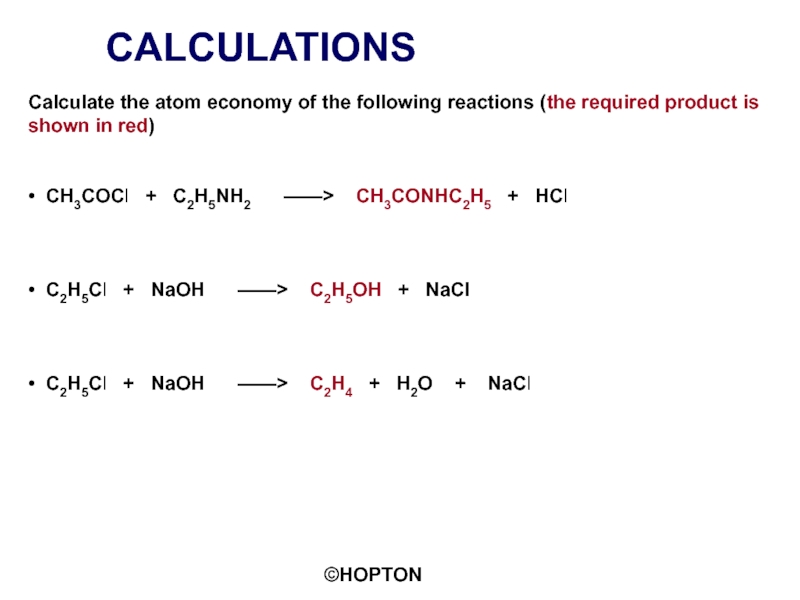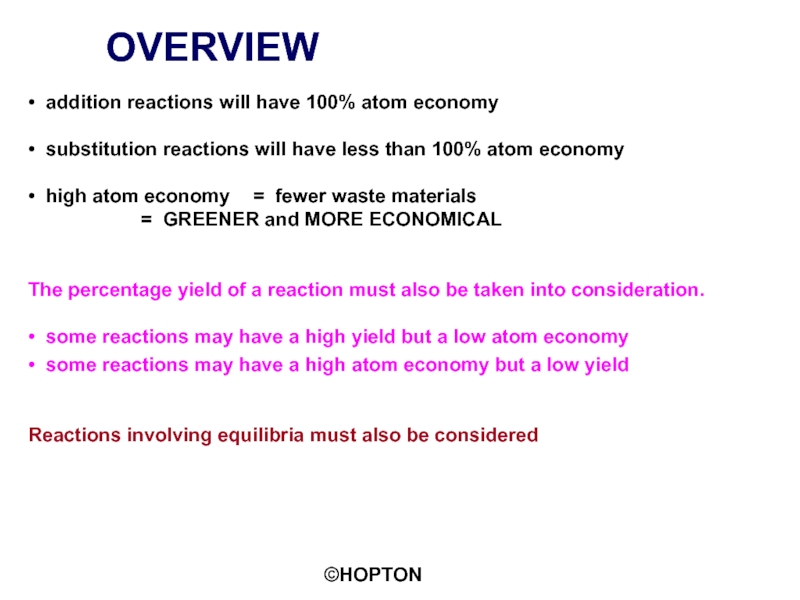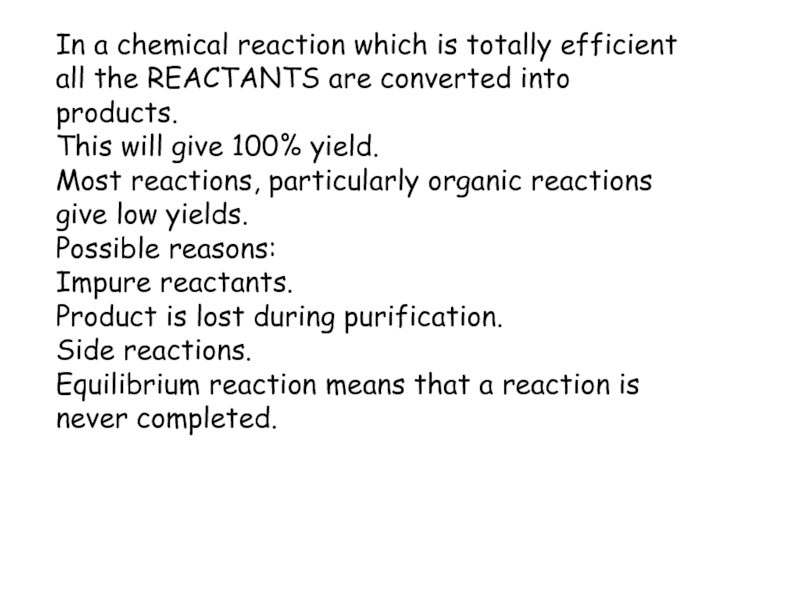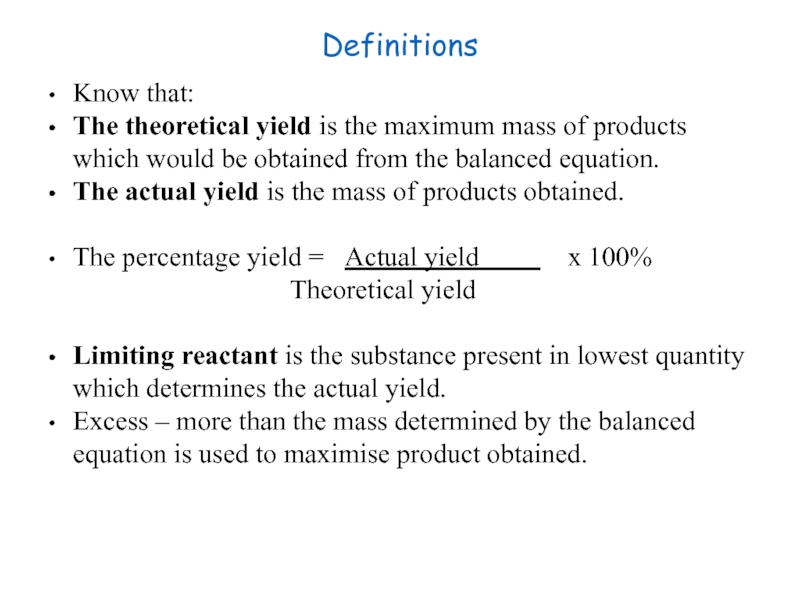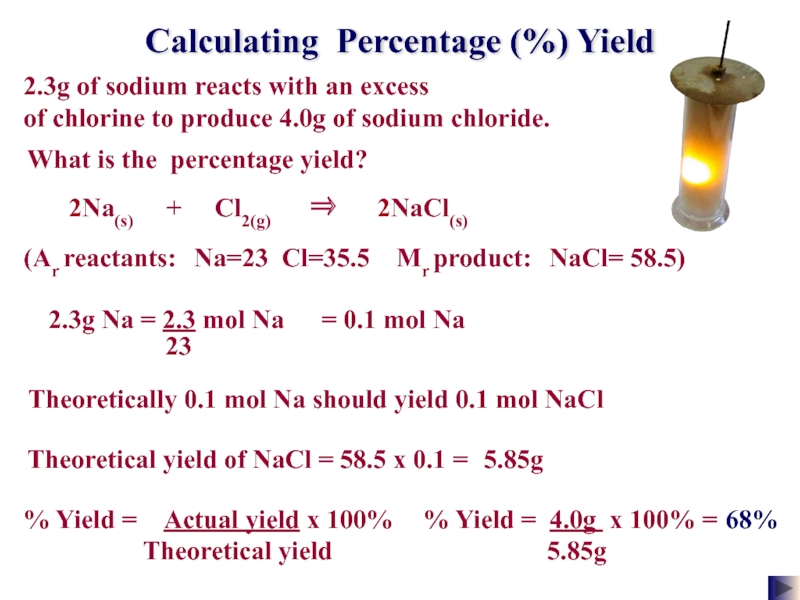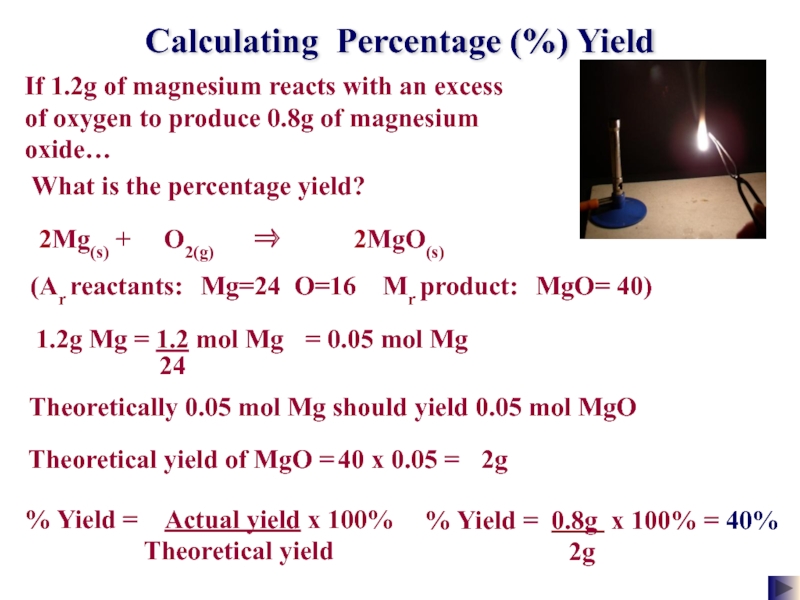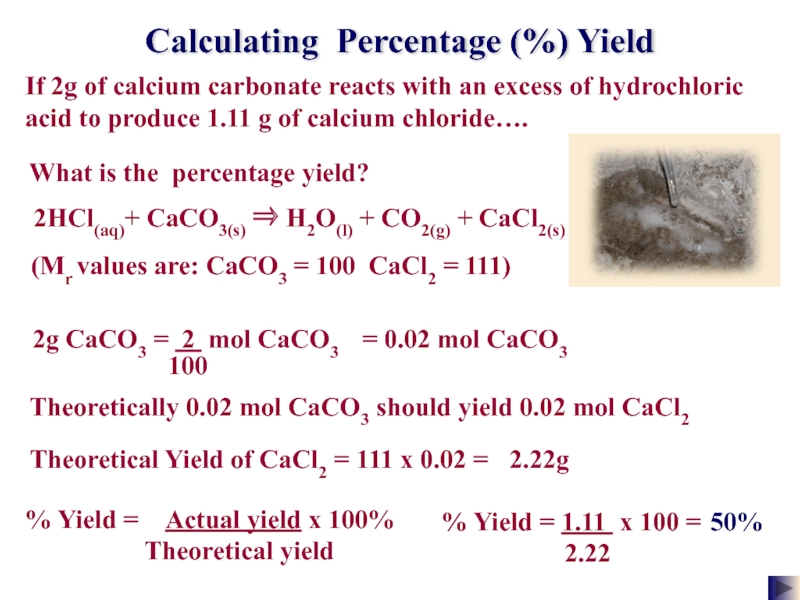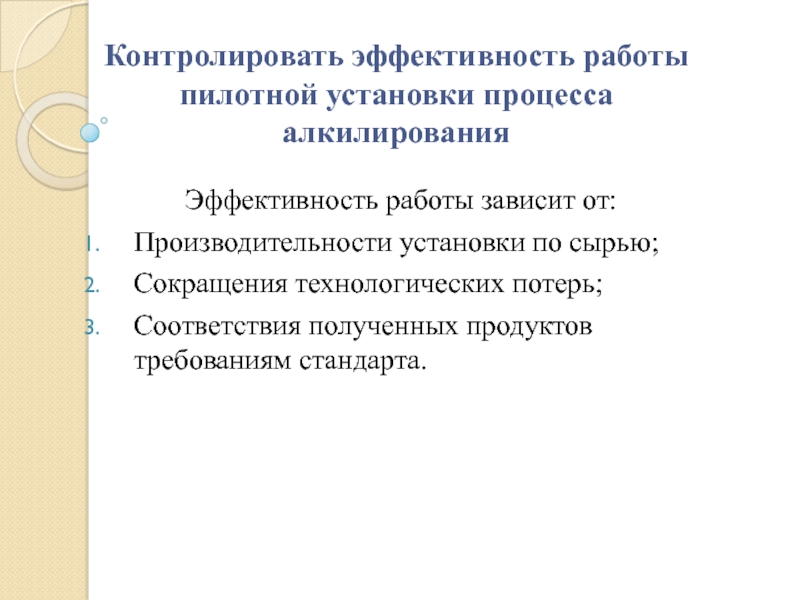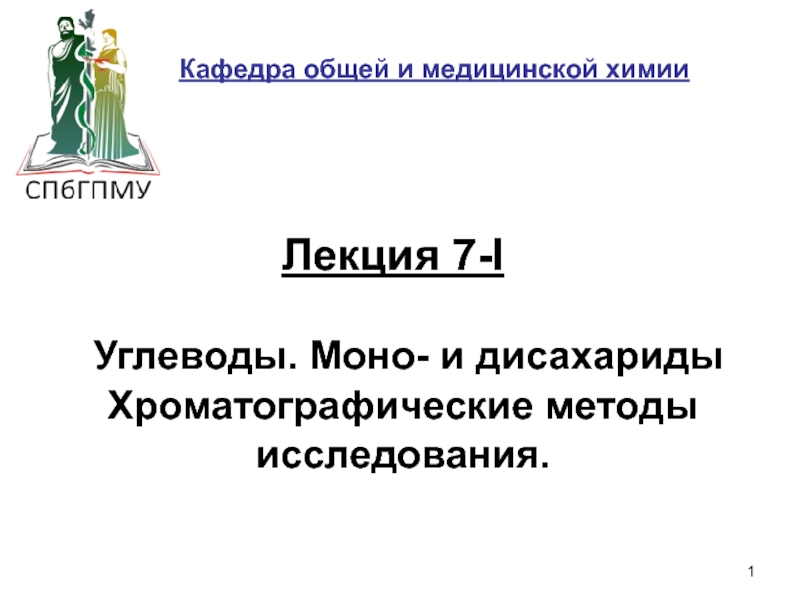Calculations
- Главная
- Разное
- Дизайн
- Бизнес и предпринимательство
- Аналитика
- Образование
- Развлечения
- Красота и здоровье
- Финансы
- Государство
- Путешествия
- Спорт
- Недвижимость
- Армия
- Графика
- Культурология
- Еда и кулинария
- Лингвистика
- Английский язык
- Астрономия
- Алгебра
- Биология
- География
- Детские презентации
- Информатика
- История
- Литература
- Маркетинг
- Математика
- Медицина
- Менеджмент
- Музыка
- МХК
- Немецкий язык
- ОБЖ
- Обществознание
- Окружающий мир
- Педагогика
- Русский язык
- Технология
- Физика
- Философия
- Химия
- Шаблоны, картинки для презентаций
- Экология
- Экономика
- Юриспруденция
The ideal gas equation презентация
Содержание
- 1. The ideal gas equation
- 2. The ideal gas equation
- 3. Room temperature and pressure, RTP
- 4. The ideal gas equation pV = nRT
- 5. Converting units for pV = nRT
- 6. Calculating gas volumes
- 7. Calculating a relative molecular mass
- 9. AN INTRODUCTION TO ATOM ECONOMY KNOCKHARDY PUBLISHING
- 10. ATOM ECONOMY In most reactions you only
- 11. ATOM ECONOMY In most reactions you only
- 12. WORKED CALCULATIONS Calculate the atom economy for the formation of 1,2-dichloroethane, C2H4Cl2 Example 1
- 13. WORKED CALCULATIONS Calculate the atom economy for
- 14. WORKED CALCULATIONS Calculate the atom economy for the formation of nitrobenzene, C6H5NO2 Example 2
- 15. WORKED CALCULATIONS Calculate the atom economy for
- 16. WORKED CALCULATIONS Calculate the atom economy for
- 17. WORKED CALCULATIONS Calculate the atom economy for
- 18. CALCULATIONS Calculate the atom economy of the
- 19. CALCULATIONS Calculate the atom economy of the
- 20. CALCULATIONS Calculate the atom economy of the
- 21. OVERVIEW • addition reactions will have 100%
- 22. Perform calculations to determine the percentage yield of a reaction Percentage yield
- 23. In a chemical reaction which is totally
- 24. Definitions Know that: The theoretical yield is
- 25. Calculating Percentage (%) Yield 2.3g of sodium
- 26. Calculating Percentage (%) Yield If 1.2g of
- 27. Calculating Percentage (%) Yield If 2g of
Слайд 111.2.2.3 recall and understand the use of the ‘molar volume’ 11.2.2.4 recall
Слайд 3
Room temperature and pressure, RTP
Limitations
At RTP, 1 mol of gas molecules
Conditions are not always room temperature and pressure.
A gas volume depends on temperature and pressure.
Ideal gas equation can calculate a gas volume, V
at any temperature, T
at any pressure, p
Слайд 5Converting units for pV = nRT
Before using pV = nRT,
cm3 to m3 × 10−6
dm3 to m3 × 10−3
°C to K + 273
kPa to Pa × 103
100 kPa = 100 × 103 Pa
220 cm3 = 220 × 10−6 cm3
Examples
4.0 dm3 = 4.0 × 10−3 m3
48 °C = 48 + 273 = 321 K
Слайд 10ATOM ECONOMY
In most reactions you only want to make one of
Atom economy is a measure of how much of the products are useful
A high atom economy means that there is less waste
Слайд 11ATOM ECONOMY
In most reactions you only want to make one of
Atom economy is a measure of how much of the products are useful
A high atom economy means that there is less waste
ATOM ECONOMY
MOLECULAR MASS OF DESIRED PRODUCT x 100
SUM OF MOLECULAR MASSES OF ALL PRODUCTS
Слайд 12WORKED CALCULATIONS
Calculate the atom economy for the formation of 1,2-dichloroethane, C2H4Cl2
Example 1
Слайд 13WORKED CALCULATIONS
Calculate the atom economy for the formation of 1,2-dichloroethane, C2H4Cl2
Mr 28 71 99
atom economy = molecular mass of C2H4Cl2 x 100
molecular mass of all products
= 99 x 100 = 100%
99
An ATOM ECONOMY of 100% is typical of an ADDITION REACTION
Example 1
Слайд 14WORKED CALCULATIONS
Calculate the atom economy for the formation of nitrobenzene, C6H5NO2
Example 2
Слайд 15WORKED CALCULATIONS
Calculate the atom economy for the formation of nitrobenzene, C6H5NO2
Mr 78 63 123 18
atom economy = molecular mass of C6H5NO2 x 100
molecular mass of all products
= 123 x 100 = 87.2%
123 + 18
An ATOM ECONOMY of 100% is not possible with a SUBSTITUTION REACTION
Example 2
Слайд 16WORKED CALCULATIONS
Calculate the atom economy for the preparation of ammonia from
Example 3
Слайд 17WORKED CALCULATIONS
Calculate the atom economy for the preparation of ammonia from
Equation (NH4)2SO4 ——> H2SO4 + 2NH3
Mr 132 98 17
atom economy = 2 x molecular mass of NH3 x 100
molecular mass of all products
= 2 x 17 = 25.8%
98 + (2 x 17)
In industry a low ATOM ECONOMY isn’t necessarily that bad if you can use some of the other products. If this reaction was used industrially, which it isn’t, the sulphuric acid would be a very useful by-product.
Example 3
Слайд 18CALCULATIONS
Calculate the atom economy of the following reactions (the required product
• CH3COCl + C2H5NH2 ——> CH3CONHC2H5 + HCl
• C2H5Cl + NaOH ——> C2H5OH + NaCl
• C2H5Cl + NaOH ——> C2H4 + H2O + NaCl
Слайд 19CALCULATIONS
Calculate the atom economy of the following reactions (the required product
• CH3COCl + C2H5NH2 ——> CH3CONHC2H5 + HCl
• C2H5Cl + NaOH ——> C2H5OH + NaCl
• C2H5Cl + NaOH ——> C2H4 + H2O + NaCl
70.2%
Слайд 20CALCULATIONS
Calculate the atom economy of the following reactions (the required product
• CH3COCl + C2H5NH2 ——> CH3CONHC2H5 + HCl
• C2H5Cl + NaOH ——> C2H5OH + NaCl
• C2H5Cl + NaOH ——> C2H4 + H2O + NaCl
70.2%
55.8%
33.9%
Слайд 21OVERVIEW
• addition reactions will have 100% atom economy
• substitution reactions will
• high atom economy = fewer waste materials
= GREENER and MORE ECONOMICAL
The percentage yield of a reaction must also be taken into consideration.
• some reactions may have a high yield but a low atom economy
• some reactions may have a high atom economy but a low yield
Reactions involving equilibria must also be considered
Слайд 23In a chemical reaction which is totally efficient all the REACTANTS
This will give 100% yield.
Most reactions, particularly organic reactions give low yields.
Possible reasons:
Impure reactants.
Product is lost during purification.
Side reactions.
Equilibrium reaction means that a reaction is never completed.
Слайд 24Definitions
Know that:
The theoretical yield is the maximum mass of products which
The actual yield is the mass of products obtained.
The percentage yield = Actual yield x 100%
Theoretical yield
Limiting reactant is the substance present in lowest quantity which determines the actual yield.
Excess – more than the mass determined by the balanced equation is used to maximise product obtained.
Слайд 25Calculating Percentage (%) Yield
2.3g of sodium reacts with an excess
of
(Ar reactants: Na=23 Cl=35.5 Mr product: NaCl= 58.5)
58.5 x 0.1 =
Theoretical yield of NaCl =
5.85g
What is the percentage yield?
% Yield = Actual yield x 100%
Theoretical yield
% Yield = 4.0g x 100% =
5.85g
68%
2Na(s) + Cl2(g) ⇒ 2NaCl(s)
= 0.1 mol Na
Theoretically 0.1 mol Na should yield 0.1 mol NaCl
Слайд 26Calculating Percentage (%) Yield
If 1.2g of magnesium reacts with an excess
What is the percentage yield?
% Yield = 0.8g x 100% =
2g
40%
2Mg(s) + O2(g) ⇒ 2MgO(s)
(Ar reactants: Mg=24 O=16 Mr product: MgO= 40)
= 0.05 mol Mg
Theoretically 0.05 mol Mg should yield 0.05 mol MgO
40 x 0.05 =
Theoretical yield of MgO =
2g
% Yield = Actual yield x 100%
Theoretical yield
Слайд 27Calculating Percentage (%) Yield
If 2g of calcium carbonate reacts with an
What is the percentage yield?
% Yield = 1.11 x 100 =
2.22
50%
2HCl(aq)+ CaCO3(s) ⇒ H2O(l) + CO2(g) + CaCl2(s)
(Mr values are: CaCO3 = 100 CaCl2 = 111)
= 0.02 mol CaCO3
Theoretically 0.02 mol CaCO3 should yield 0.02 mol CaCl2
111 x 0.02 =
Theoretical Yield of CaCl2 =
2.22g
% Yield = Actual yield x 100%
Theoretical yield
